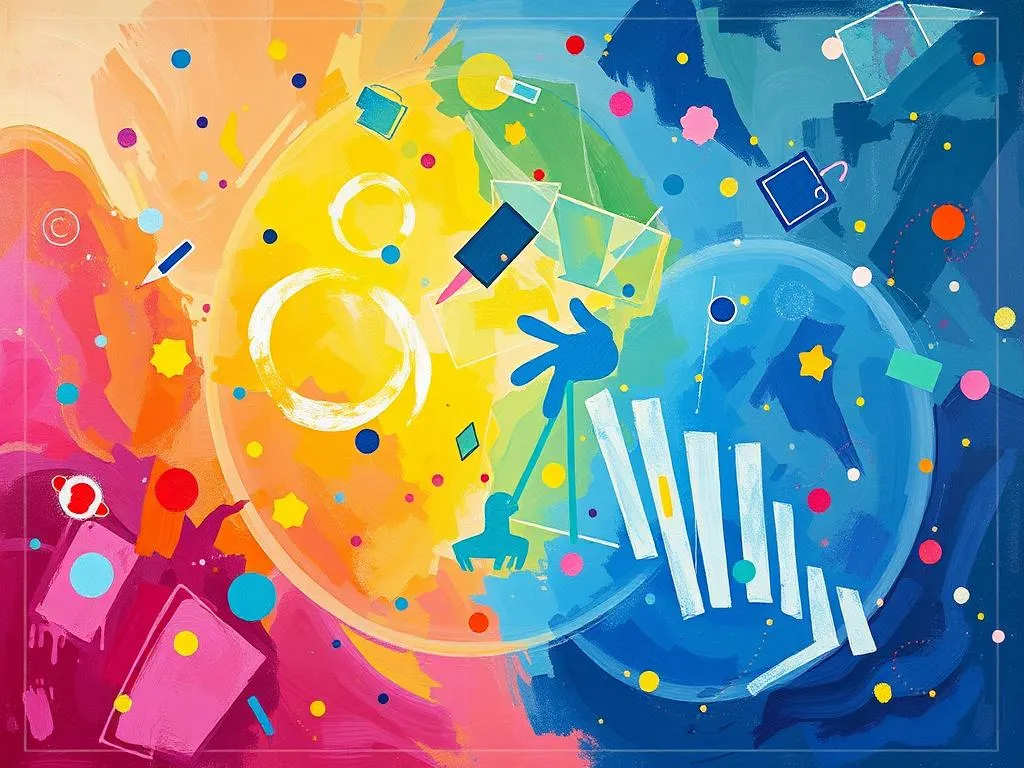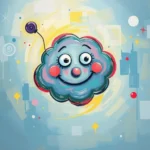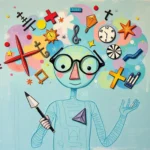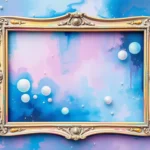
Have you ever woken up in a cold sweat, your heart racing from a vivid dream that felt all too real? Or perhaps you’ve experienced a dream so bizarre that upon waking, you couldn’t help but wonder what it all meant? Dreams are the mind’s canvas, rich with symbolism and messages that can offer profound insights into our waking lives. Just like a puzzle, each piece contributes to a bigger picture, urging us to explore the depths of our subconscious.
The beauty of dreams lies not only in their mystery but also in their universal nature. Across different cultures and psychological frameworks, dreams have long been seen as reflections of our inner worlds, revealing fears, desires, and unresolved conflicts. In this article, we will delve into the art of dream symbolism, explore various dream scenarios, and uncover how these insights can lead to personal growth.
Dream Language: Decoding Symbols
The world of dreams is filled with symbols that often speak in a language unique to each dreamer. Dream symbols can be deeply personal or widely recognized across cultures. For example, dreaming of flying might evoke feelings of freedom and escape, while dreaming of falling could symbolize a loss of control. Here, we will examine key symbols and their potential meanings.
1. Water: Often representing emotions and the unconscious, water can indicate how you are feeling about a situation in your life. A calm sea might suggest emotional balance, while turbulent waves could signify inner turmoil. Different bodies of water can also add layers; for instance, a river might represent the flow of life, while a flood could symbolize overwhelming emotions.
2. Animals: Animals in dreams can embody instinctual aspects of our personality. A lion might suggest courage and strength, while a snake could represent transformation or hidden fears. The specific animal and your relationship with it play critical roles in interpretation.
3. Buildings: Structures represent the self or the mind. A crumbling building might indicate feelings of instability, while a towering skyscraper could signify ambition and success. The condition and familiarity of the building often reflect your mental state.
4. Running: This action can signify a desire to escape from something. If you find yourself running from danger, it may suggest avoidance of a conflict or fear in your waking life. Conversely, running towards something can symbolize motivation and pursuit of goals.
5. Mirrors: Reflecting self-perception, mirrors can reveal how you see yourself or how you think others perceive you. A cracked mirror might suggest insecurities, while a clear one could indicate a strong sense of self.
Understanding these symbols allows you to unlock the messages hidden within your dreams, helping you to navigate through your waking life with greater clarity and awareness.
Dreamscapes: Tales from the Subconscious
Now that we’ve touched upon the language of dreams, let’s explore some scenarios that many of us face in our nightly adventures. Each scenario opens doors to various interpretations and insights.
Scenario 1: The Recurring Nightmare
Imagine this: you find yourself in a familiar yet eerie setting, chased by an unknown figure. You run but feel as if your legs are weighted down. You wake up, heart pounding, only to find this dream repeating itself over several nights.
Analysis: This recurring nightmare might indicate unresolved stress or anxiety in your waking life. The figure could represent a fear you are avoiding, while the heaviness in your legs symbolizes feelings of being trapped or hindered. Addressing the root cause of your anxiety may help alleviate this recurring theme.
Scenario 2: The Lost Traveler
In a dream, you wander through a vast, unfamiliar city, unable to find your way home. Streets twist and turn, and landmarks shift, leaving you feeling disoriented.
Analysis: This scenario may reflect feelings of uncertainty or confusion in your life. The city can symbolize the complexity of modern life, while your lost state suggests a search for direction or purpose. Consider reflecting on areas where you feel lost and explore ways to reconnect with your goals.
Scenario 3: The Flying Dream
You soar above the clouds, weightless and free. The world below looks beautiful and serene, and you feel a sense of liberation.
Analysis: Flying dreams often signify a sense of freedom, achievement, or a higher perspective on life. You may be successfully navigating challenges or experiencing a breakthrough in your personal or professional life. Embrace this feeling and seek ways to maintain this sense of empowerment.
Scenario 4: The Test You Didn’t Study For
You find yourself in a classroom, facing a test you haven’t prepared for. Panic sets in as you realize you’re unprepared, and the clock ticks down ominously.
Analysis: This common dream might symbolize feelings of inadequacy or fear of failure. It could be a reflection of real-life pressures, such as work or personal expectations. Consider taking proactive steps to prepare for challenges, or reassess your current commitments and priorities.
Scenario 5: The Stranded Vehicle
In your dream, your car breaks down in an isolated area, leaving you stranded and helpless. You feel a wave of panic wash over you as you search for help.
Analysis: A broken-down vehicle can symbolize a feeling of being stuck in life or losing control over a situation. Your emotional response to being stranded may reveal underlying fears about independence or the ability to navigate challenges. Reflect on the areas in your life where you feel immobilized and think about steps to regain control.
These varied scenarios illustrate how our dreams can serve as mirrors to our waking experiences, highlighting our emotional states and life circumstances.
The Journey Within: Using Dreams for Personal Growth
Now that we’ve explored the symbols and scenarios, how do we use this knowledge for personal growth? Dreams offer a unique avenue for self-reflection and understanding. Here are practical insights to help you harness the power of your dreams:
1. Keep a Dream Journal
Start by documenting your dreams as soon as you wake. Note down symbols, emotions, and any recurring themes. This practice not only enhances your memory of dreams but also helps you spot patterns over time. By keeping a dream journal, you can better understand your subconscious mind and track your emotional growth.
2. Reflect on Emotions
Take time to reflect on the emotions that arise during your dreams. What do they reveal about your current emotional state? Are there unresolved feelings or situations that need your attention? Engaging with these emotions can lead to personal insights and foster emotional healing.
3. Explore Symbolism
As you record your dreams, pay attention to recurring symbols. Research their meanings from various cultural perspectives or psychological frameworks. This exploration can deepen your understanding and inspire you to confront or embrace aspects of yourself that you may have overlooked.
4. Set Intentions Before Sleep
Before drifting off, set a clear intention about what you want to explore in your dreams. This could be a question about a challenge you’re facing or a desire for guidance. The subconscious often responds to these prompts, leading to dreams that can provide clarity or direction.
5. Engage in Creative Expression
Use your dreams as inspiration for creative pursuits. Whether it’s writing, painting, or any form of artistic expression, channeling your dream experiences can be therapeutic. This practice allows you to process emotions and experiences while nurturing your creativity.
As you embark on this journey of understanding your dreams, remember that they are powerful tools for self-discovery. Each symbol, scenario, and emotion provides a glimpse into your inner workings, guiding you toward a more authentic and fulfilling life.
In the words of Carl Jung, “Your vision will become clear only when you can look into your own heart. Who looks outside, dreams; who looks inside, awakens.” So, take the time to look within, embrace the messages of your dreams, and allow them to lead you on a transformative path.
As you close your eyes tonight, remember that the world of dreams is not just a landscape of fantasy—it’s a treasure trove of insights waiting to be uncovered. What messages will you find?







